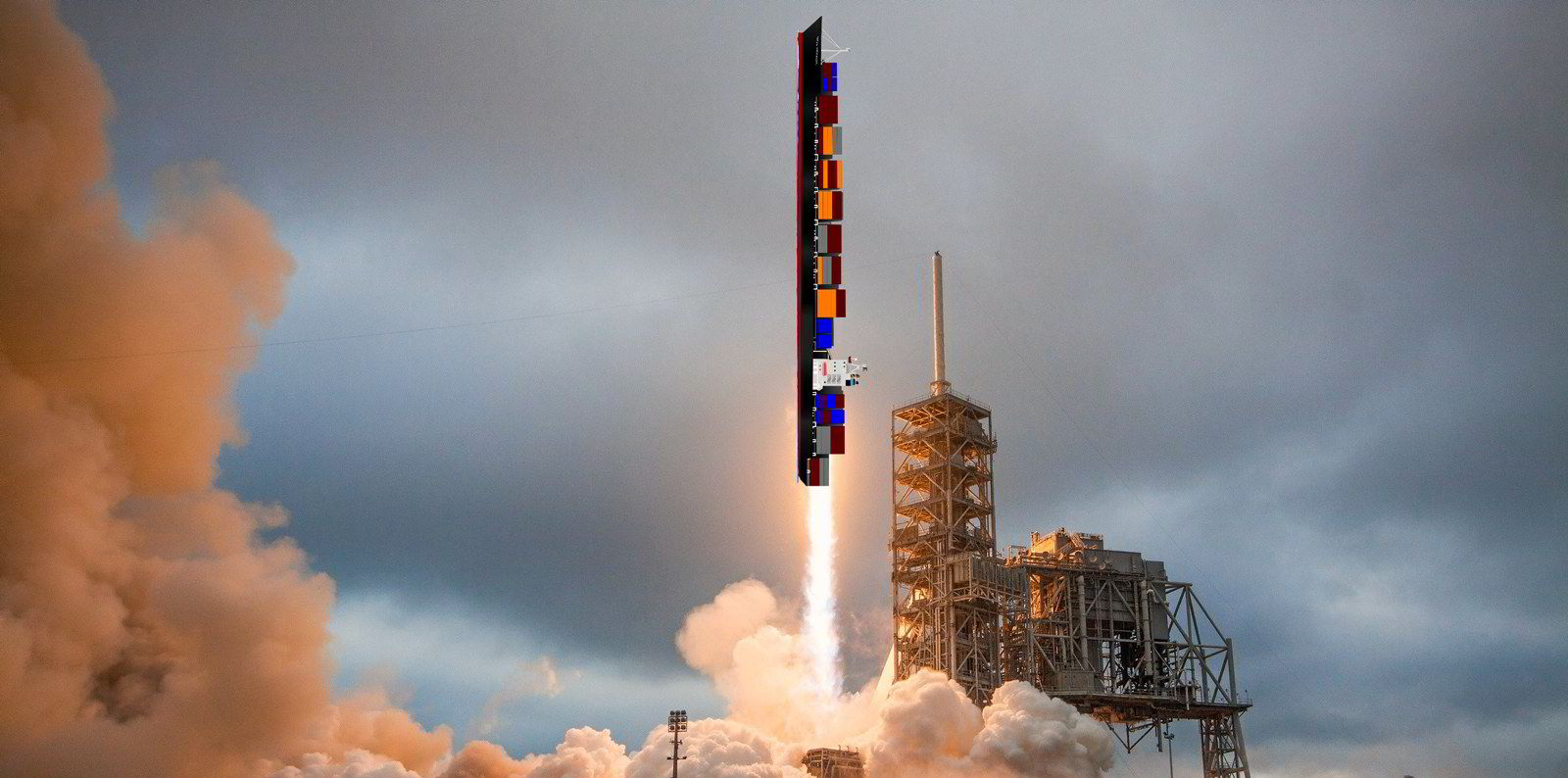Of all the words that have been used in the debate over shipping's greenhouse gas (GHG) cuts, "moonshot" was the most striking.
The word stood out not because it served to inspire in the industry's effort to get to grips with its carbon footprint. Rather, it rang especially loud because the word had been attached to a proposal that fails to live up to the term.
The moonshot I speak of is a submission by a coalition of shipping industry groups to set up a $5bn research and development fund financed by a bunker levy. The proposal has received the support of major shipping nations, including Japan, Liberia, Greece and Singapore.
But a fund of this size is more of a chip shot from the tee on a par 5 hole, as it is inadequate to meet the challenge ahead to decarbonise shipping.
There is growing consensus of the need to put a price tag on CO2 to cut shipping's emissions in half, relative to 2008 levels, by 2050.
And while jostling over what the price is and who should pay it is likely to continue, the $2-per-tonne bunker levy proposed by shipping industry groups is a very lowball bid for this price.
I argued a year ago that the International Maritime Organization should take up this proposal, and then add to it with a carbon tax that will truly incentivise real action. The United Nations body should do so by year-end, as these groups have urged, with a timetable for ramping up the price of carbon well beyond this level.
Spurring action
Nothing will spur shipowners and their customers to decarbonise other than a market-based mechanism that will make it more expensive to fail to cut CO2.
The $5bn proposed IMO Maritime Research Fund — put forward by the International Chamber of Shipping (ICS), Cruise Lines International Association, Bimco and others to pursue zero-carbon technology — is small in comparison to the overall investment needed to meet the IMO's goal.
After all, some estimates put the cost of meeting the IMO's 2050 target at more than $1trn.
So let's go to the moon by putting a more significant price on CO2.
Island call
The ICS-led proposal's $2-per-tonne levy is tiny relative to what the Marshall Islands and Solomon Islands, in an alternative submission, believe it would cost to spur transformational change that would lead shipping to decarbonise.
These two countries are on the front lines of the climate crisis, so facing up to GHG emissions is imperative for their citizens, and the Marshall Islands is in the top three largest flag states, so it is not deaf to the needs of shipping.

They have proposed a bunker tax of $100 per tonne of carbon on marine fuel starting in 2025.
This, too, is too low to incentivise real change in shipping. After all, the two archipelago nations said evidence suggests it takes a levy of $250 to $300 per tonne of CO2 to spur "transformational change", although they acknowledged that the optimal price point is not currently known.
Call the taxman
The IMO should strive to tax GHGs at a level that will spur shipowners and their customers to change, and should put tools in place to achieve it.
The strength of the ICS-led submission is that it proposes an international mechanism — the International Maritime Research and Development Board — for managing the funds collected through a carbon tax.
But the Marshall Islands and Solomon Islands are looking to do more than fund research and development.
The islands also want to "address environmental and societal externalities resulting from the combustion of fossil fuels" by setting up a second fund that would help the mitigation of climate-change impacts in vulnerable countries.
Rather than a spaceship, the island nations cite a more maritime metaphor for how to get there — the Marshallese saying "wa kuk wa jimor" means "we're all in the same canoe together".
"No one country can solve the climate-crisis alone, and no country can sit on the sidelines if we are to seriously tackle this issue," the island nations said.
The best way to spur shipowners and their customers to decarbonise is to coax them into the canoe to share the cost of the damage wrought by their GHG emissions. This is the real moonshot.(Copyright)





